How To Retrieve A Soft Plastic Jerk Bait For More Bites [Bonus Underwater Footage]
- By: Luke Simonds
- on
- Found In: Fishing Tips, Inshore Fishing, Retrieving Lures
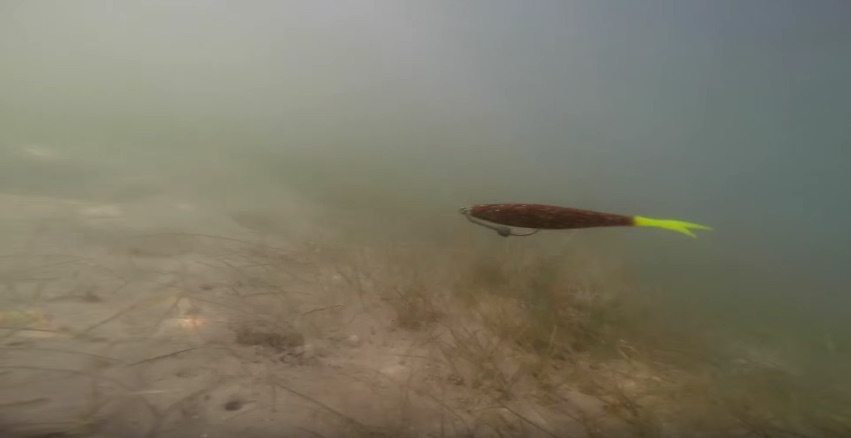
It’s soft plastic jerk bait time!
Many questions have come in about how to retrieve soft plastic jerk baits in shallow water while targeting redfish, snook, and big trout.
This post (and accompanying soft plastic jerk bait video) will show what I’ve found to work best after 15+ years of trial and error.
Best of all, this retrieve style works extremely well for catching all types of predator fish that hunt in the shallows for small baitfish and shrimp like flounder, tarpon, and even largemouth bass.
And although the video demo features a 4″ soft plastic lure with a forked tail, the tips in this post apply to all types of soft plastic baits that are supposed to mimic a wounded baitfish or scared shrimp.
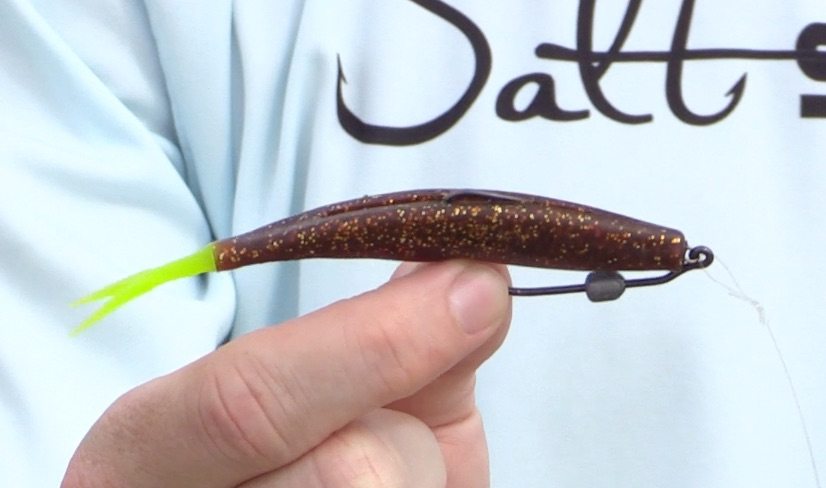
From this post, you will get to see the following:
- How to retrieve a soft plastic jerk bait (with easy adjustment for handling wind)
- Which type of hook to use for maximizing results
- What this bait looks like underwater when retrieved properly
Best of all, the video tutorial shows the essential action both above and below the water.
How to Retrieve A Soft Plastic Jerk Bait
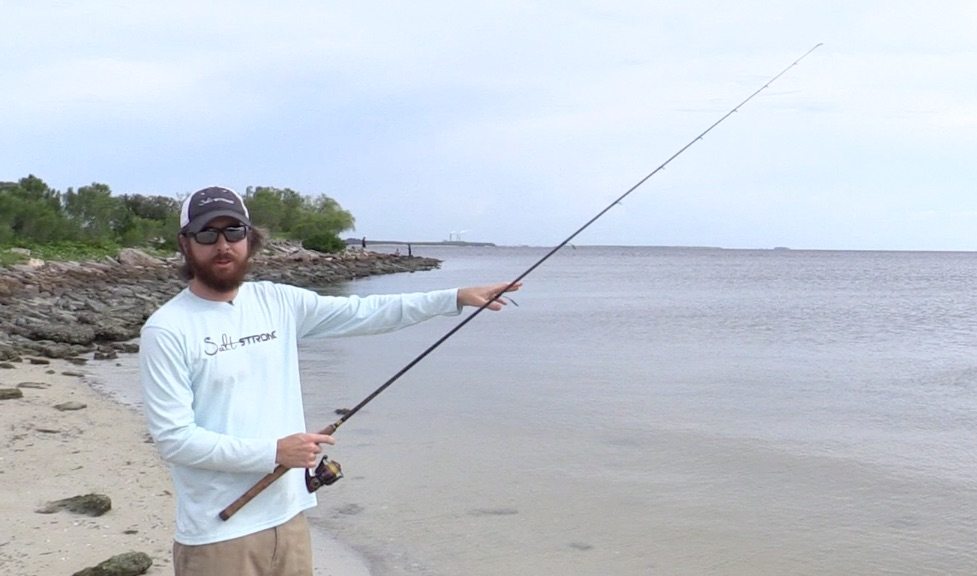
There are many different ways to work soft plastic jerk baits, and many of them can result in catching lots of fish.
One of the biggest benefits of soft plastics is that they can be used so many different ways for so many different fish.
But when targeting redfish, snook, and trout in shallow water, here are the three rules I’ve found to work best:
Rule #1: Rig The Bait Properly
When fishing with soft plastic lures, the rigging of them is extremely important.
Because if the bait is curved or not centered on the hook (or jig head), it will do a twisting motion in the water which will not be appealing to your target fish while also creating line damaging twists in your line.
So if you have not yet seen our post about rigging jerk baits, then click on the link below:
How To Properly Rig A Soft Plastic Jerk Bait
Rule #2: Create Realistic Erratic Action
Focus on the fact that you need to make the action of the lure to resemble an injured baitfish or a scared shrimp because one of the two are often a top meal for predators lurking in the shallows.
In both cases, the action is erratic.
And the double twitch style shown in the video below seems to do the best at generating strikes since it essentially causes the lure to resemble both an injured fish and a scared shrimp.
So whichever prey the fish are focused on, they can be enticed to strike.
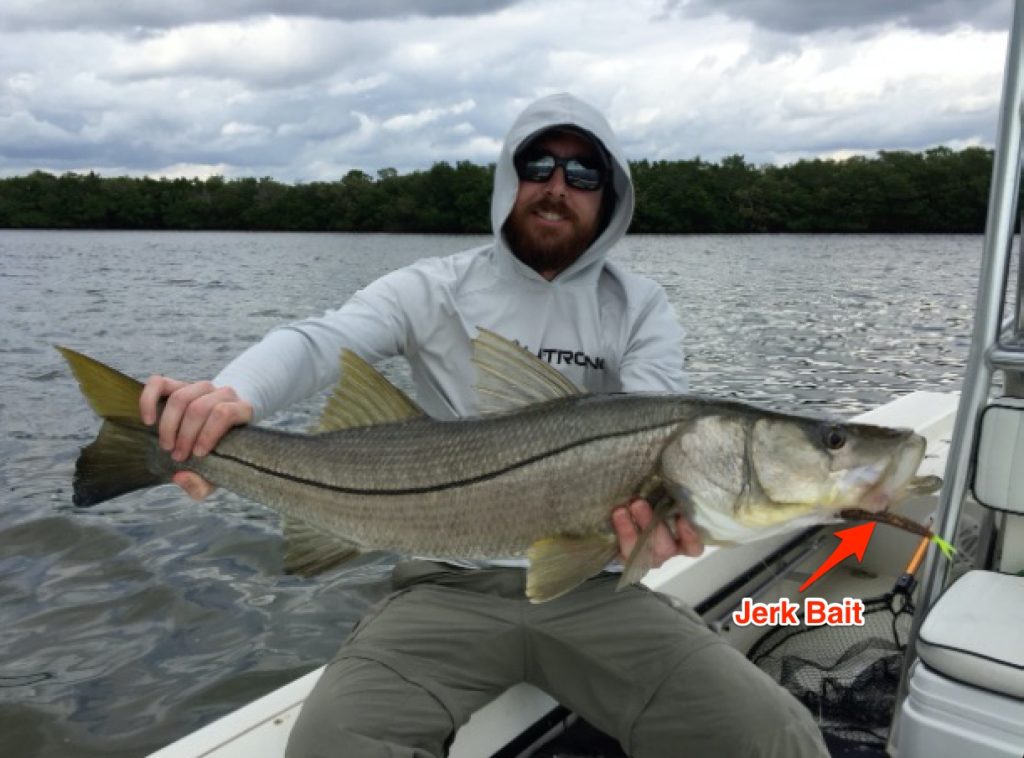
Rule #3: Constantly Adjust Retrieve Tempo
The action and tempo of the lure is one of the most important factors in generating strikes.
Although these two items seem to be the same, it’s the tempo that will help you adjust your retrieve to the mood of the fish.
For example, fish get lethargic when it’s really cold or really hot, so in those situations, it’s typically best to slow the tempo of the retrieve because they will not be willing to exert much energy to chase down a meal.
And when the fish are actively feeding, then they often respond best to a faster moving lure since they’re on the hunt.
But their activity changes throughout the day, so it’s smart to continually adjust the tempo of the retrieve throughout the day so you can stay dialed in to what they’re responding to best.
How To Retrieve A Soft Plastic Jerk Bait [Video]
Watch the video below to see the retrieve method that I’ve found to get the most strikes.
You’ll see the technique to be used on normal days as well as and adjustment to do on windy days along with how the bait looks underwater.
Plus, you’ll learn how to adjust your retrieve speed/tempo based on the activeness of the fish.
Note: Click here to see how to most effectively rig a soft plastic jerk bait
Best Hooks For Rigging Soft Plastic Baits
The vast amount of hook options that are on the market today can be overwhelming for many anglers. So I thought I’d highlight the one that I have found to be the most effective so far from lots of testing.
As for the general type of hook, I highly recommend going with a hook that has the following features:
- Twist-on bait holder at the top to hold on to the bait (easy to load and baits last longer)
- Weight attached to the shank of the hook (enables better action in the water)
- Fairly wide gap in hook (increases hook-up rate)
So far, the TwistLock weighted hooks made by Owner are my favorites. I use their 3/0 sized hook with a 1/16th oz weight version for rigging 3″ to 5″ soft plastics… it’s my #1 choice for fishing the shallows for big redfish, snook, and seatrout.
Conclusion
Fishing with soft plastic jerk baits can be an incredibly rewarding way to catch quality fish in a variety of ways.
And one of my absolute favorite ways to utilize soft plastics is for fishing shallow water for big redfish, snook, and trout because of the following:
- They are heavy enough to cast a long distance with the proper form (click here)
- They are extremely effective in shallow water when rigged properly (click here)
- They can easily be rigged weedless (click here)
Best of all, these soft plastics catch all sorts of species when fishing in saltwater environments… plus, largemouth bass absolutely crush them too.
Related Posts:
– How To Effectively Rig Your Soft Plastic Jerk Bait
– Which Hook Is Best For Soft Plastics In Shallow Water?
– How You Can Catch More Inshore Slams In Just 3 Hours Guaranteed!
P.S. – If you think your friends would like this post, please Tag them or Share this with them. You Rock! Pa-POW!
Related categories:
STOP WASTING TIME ON THE WATER!
Do what the “SMART ANGLERS” are doing and join the Insider Club.
Here’s what you’ll receive today when you join:
- Weekly fishing reports and TRENDS revealing exactly where you should fish every trip
- Weekly “spot dissection” videos that walk you through all the best spots in your area
- Exclusive fishing tips from the PROS you can’t find anywhere else
- Everything you need to start catching fish more consistently (regardless if you fish out of a boat, kayak, or land).

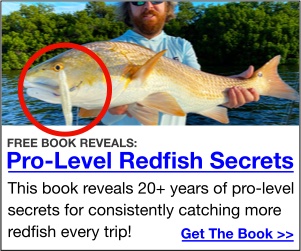
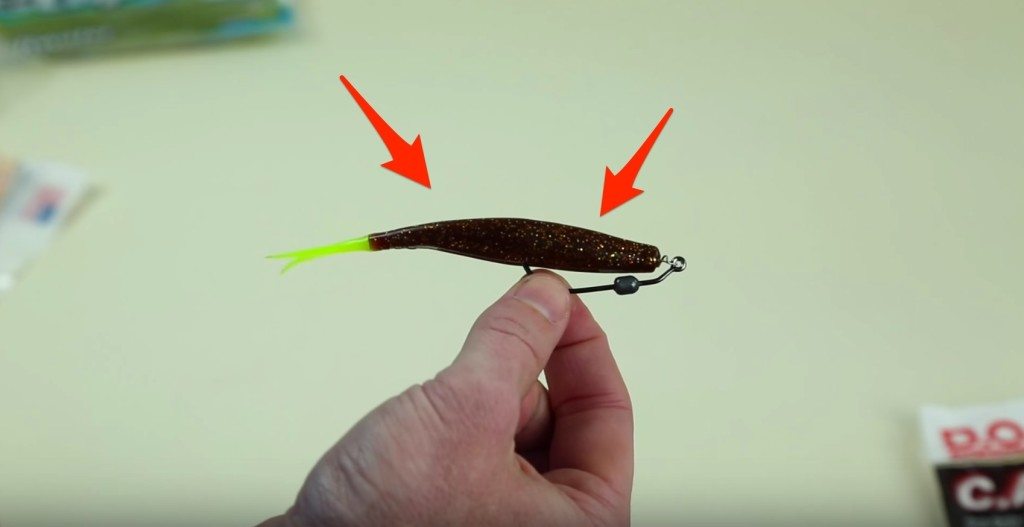


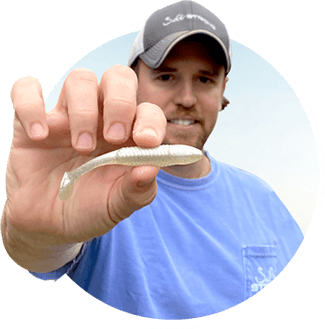
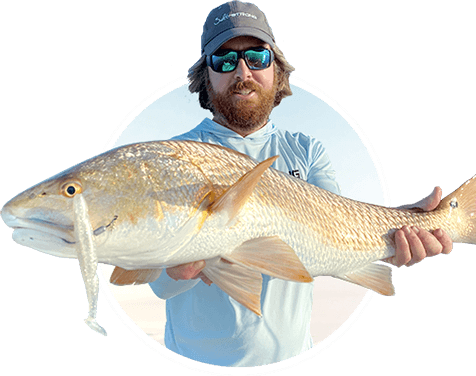
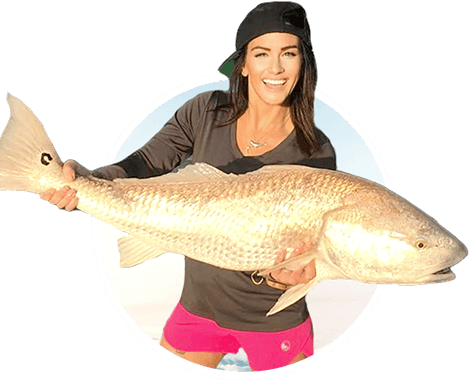
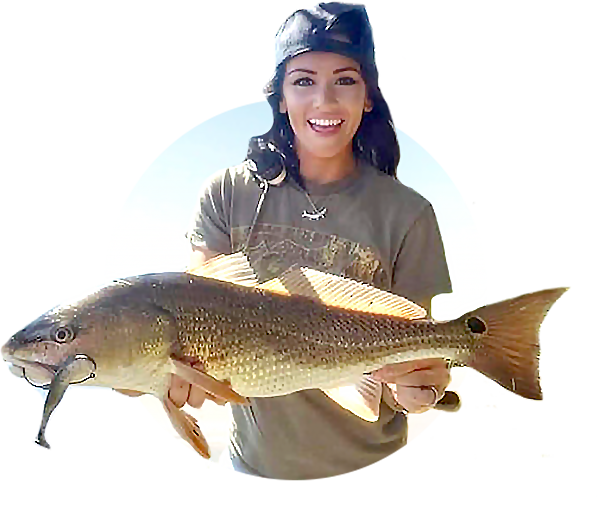
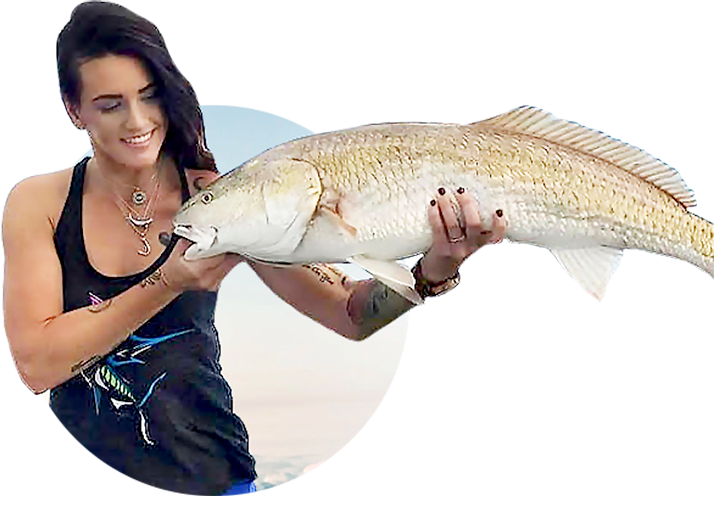

Whoa! Your hand was completely in front of the reel connection. I’ve always gripped it between my fingers. I’ll have to try this with certain rods before I weight the butt of the rod.
Helpful video for sure. As a person who grew up bass fishing, there are so many habits I have to “unlearn” for inshore saltwater fishing. I frequently do the twitch (like bass fishing), but I am usually reeling too fast and the lure isn’t bouncing off the bottom as it should be. Anyway, thanks, Luke for the clear video. The underwater footage is very helpful, too, to see how natural it looks in the water to the fish.
Thanks so much for making time to leave the nice comment Eric!
Awesome, video. Well explained!!????????
Thanks Mario! Glad to see that this lure retrieve lesson was helpful to you.
Kind of ashamed of myself as I asked a question about speed of retrieval and you had already did this great video on the topic. I will do research before I ask a question again. Thanks guys!
Do you ever reverse the jerk bait on the hook so that the curve shape is on the bottom with the flat side facing up with the hook?
Yes, it can work both ways. But this rigging shown in the video does have the flat side facing up towards the point of the hook… it just looks curved in the top image because gravity is pulling the tail side down creating a curve.
Good advise. Keep it up!
Thanks.
Thanks for making time to leave the nice comment… Fish On!
Hi Luke – just wondering what hook you’d recommend for the 5.5 inch Cal Shad jerk bait. Maybe the owner twist lock in a 4/0 1/8 oz???? Or some other hook???
Hey Packer, since the 5.5 inch CAL Shads are pretty thick, the 3/0 Owner hooks may be a bit too small for maximizing hook setting percentages.
So going up to a 4/0 would probably be a smart idea.
Great underwater video really shows how/why they work. I bought some of the hooks from your site but in some cases would like a heavier weight for deeper water – does Owner (or anyone else) make that type of hook with something more than 1/16th? lead?
I would be interested in a similar video/discussion on how to best fish paddle tails.
Thanks much for the great insights.
Hey Clark, Owner does make them with a 1/8th oz weight (but I believe that’s only for size 4/0 hooks and above).
As for paddle tails, they can be fished with this same motion (as seen in this video: https://youtu.be/2bML5FqVmyY), and many of them can even be effective with a mostly straight retrieve too. Always smart to vary the retrieve style as you fish to hone in on what they are responding to.
Fish On!
Has your experience been that jerk baits are more or less effective than paddle tails?
They both have their pros and cons… I use the split tails most often, but I often switch over to paddle tails and find that they work great too.
I just checked on Amazon and found Gamakatsu Weighted Superline Spring Hook in 9 sizes. The smallest are the 3/0 in 1/16 and also 1/8. To get a 1/4 oz you have to go up to a 5/0. They make 7/0 with up to 3/8 of an oz. not sure they make a jerkbait that large?
Good video on retrieving a jerk bait. The weighted hook is something I’ve not tried by what you said makes sense so I’ll pick some up. Keep up the good work.
Thanks for making time to leave the reply, Jack. The weighted hooks were a game changer for me for targeting big fish in shallow water, so I’m sure that you’ll find success with them too. Fish On!